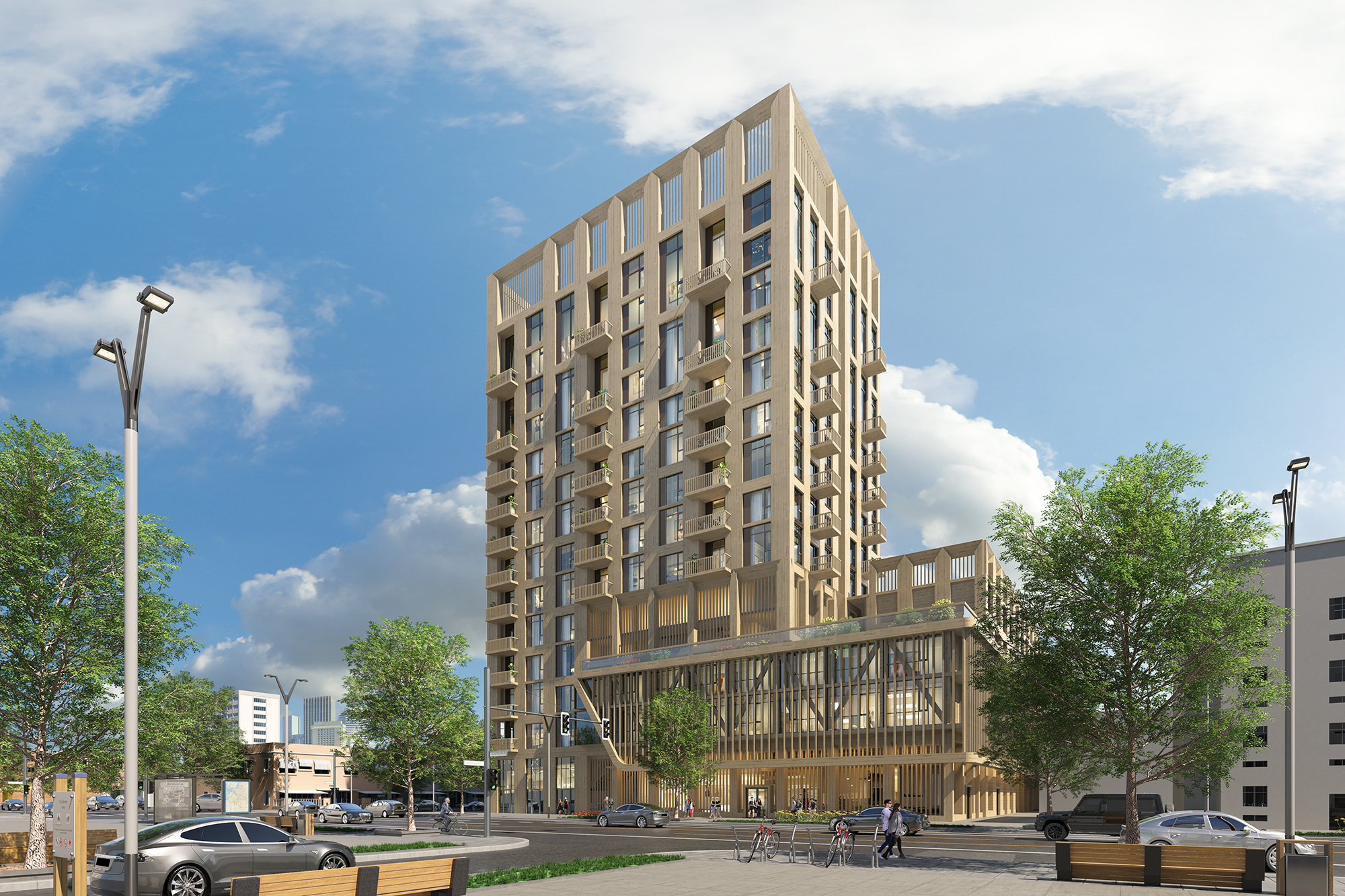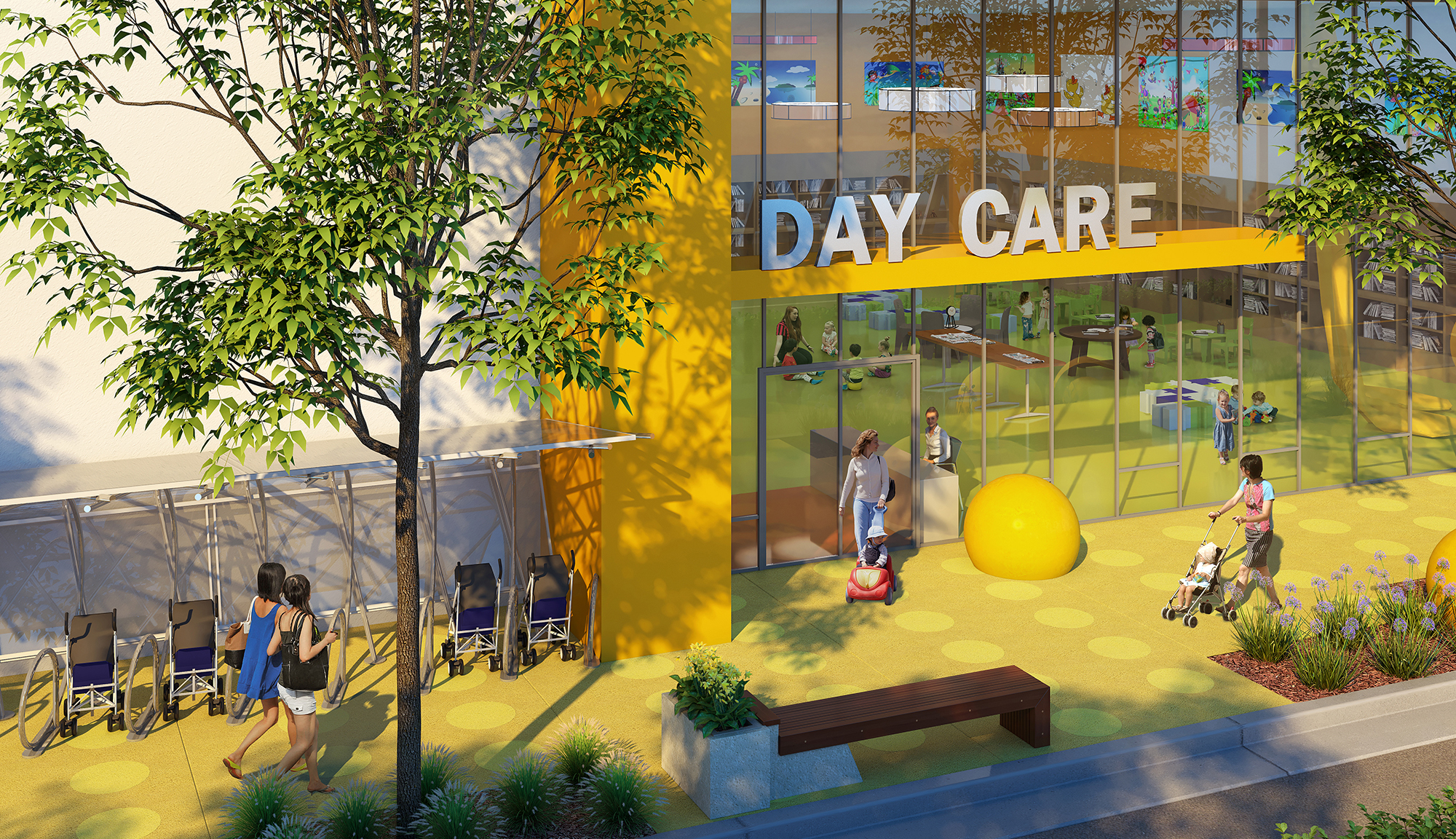There is no shortage of innovators trying to “disrupt” the residential design and construction world. From construction techniques to creative floorplan variations, numerous companies are touting their innovations as the thing that will revolutionize housing as we know it. However, while the venture capital money pours into what they hope will be the Uber or Instagram of construction, the impact, so far, has been mainly around the edges, with a considerable amount of marketing hype and not much to show.
It’s not surprising that the promises made by the defunct off-site construction company Katerra and others fall short. Since our evolving ancestors crawled into the shelter of caves millions of years ago, humans have been slowly transforming the techniques used to keep the rain out and the heat in. We’ve come so far. Building techniques, materials and technological advancements have led to an unprecedented level of comfort in most developed countries. But that comfort has come through slow evolution with occasional bursts of invention, primarily in products and materials. Think running water, electricity, drywall, etc. Nowhere in history has someone completely reinvented how we build.
Thinking that that any one new system, process or technology will completely change the residential design and construction world ignores millennia of slow and steady transformation. It discounts the innumerable separate pieces that come together to make the places that people call home. The success of the current process is indeed what some see as the opportunity for innovation: separation and specialization. Countless would-be innovators have taken aim at reducing or simplifying the process. While faster and cheaper can be better, this type of innovation often marginalizes homeowners and renters, the communities where these developments happen, and the future generations who will need to rely on these communities as an attainable option.
The slow, steady improvement of housing requires every piece of the process to be constantly reconsidered. It needs deeply specialized and committed specialists from beginning to end. From the building officials writing and enforcing the code, to the architects and designers, to the contractors, material suppliers and manufacturers, centuries of refinement and constant search for better have given us an unprecedented standard of living. It has also allowed us to examine how these buildings affect those living in them, the cities in which they are built, and the impact they have on the environment.
KTGY, as architects, designers and planners, is continually searching for better. We live on the frontlines of the innovation happening through construction technology. With projects underway utilizing mass timber, modular (steel and wood), proprietary steel systems, as well as more conventional wood and concrete construction methods, we realize that all sites, all cities and all people are different. There is no one solution for every problem. Each project requires a solution specific to it. Focusing on the unique aspects of the community, environment and end user leads to solutions that do more than simply standardize a project to meet a profit goal. We look to match the construction method, plan layout, and aesthetic vision to provide the best possible outcome for the developer, end user and the community.
Further, our Research + Development Studio pushes the boundaries of how people live. We take the business of development out of the equation and seek to examine better-designed experiences for an end user or community. For example, how can students live in a way that promotes their mental health? How can families live in the dense urban city center? How can we build in a way that puts the environment first? We are looking to the future with a firm grip on today and how we got to where we are. We don’t expect anything we do to upend residential design or construction. Small incremental changes are what we’re after. Combine enough of these small changes together over time from multiple specialties across the spectrum of design and construction, innovation happens.
Without a big picture view and an eye on all aspects of the process and the needs of the stakeholders, change can take us the wrong way. As an example, Munger Hall at UC Santa Barbara, where 4,536 students will be housed in one building where only four percent of the bedrooms have access to natural light is an example of a misguided attempt at innovation. This solution accomplishes one goal (housing a lot of students) without regard for numerous other good design practices. While different and, to some, shocking, this development won’t have a lasting impact on the design of student housing. Not enough attention was paid to where we are and how we got there. The best steps forward rely on the support of what came before. In design and construction, change happens slowly.
It builds on what has come before and is linked – in both thought and process – to a continuum of growth and progress that began centuries before. So, is the design and construction industry ready for disruption? Yes, but slowly.



